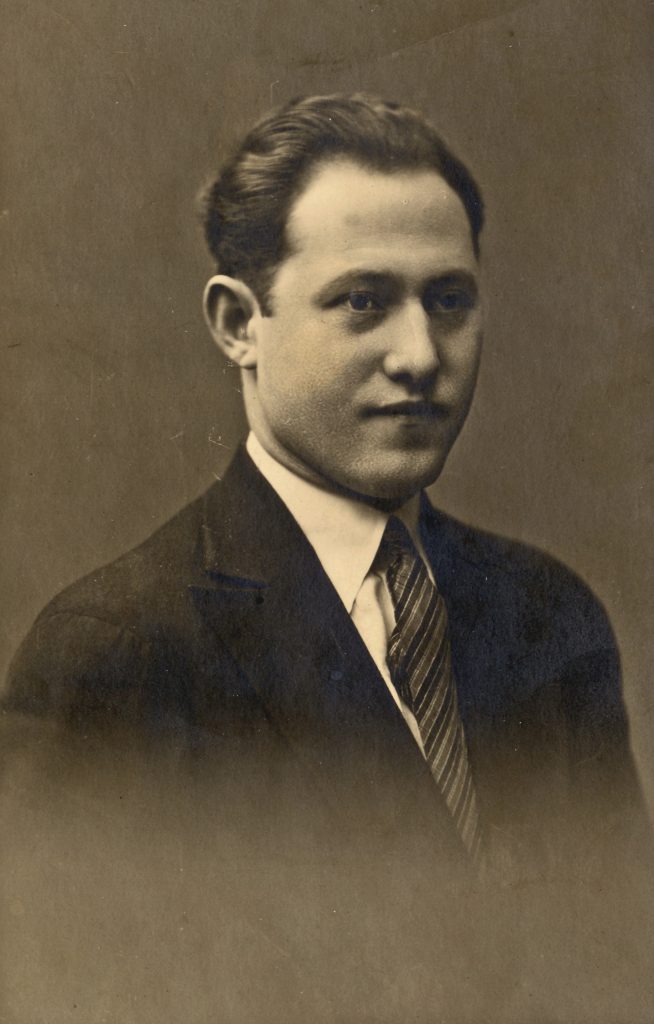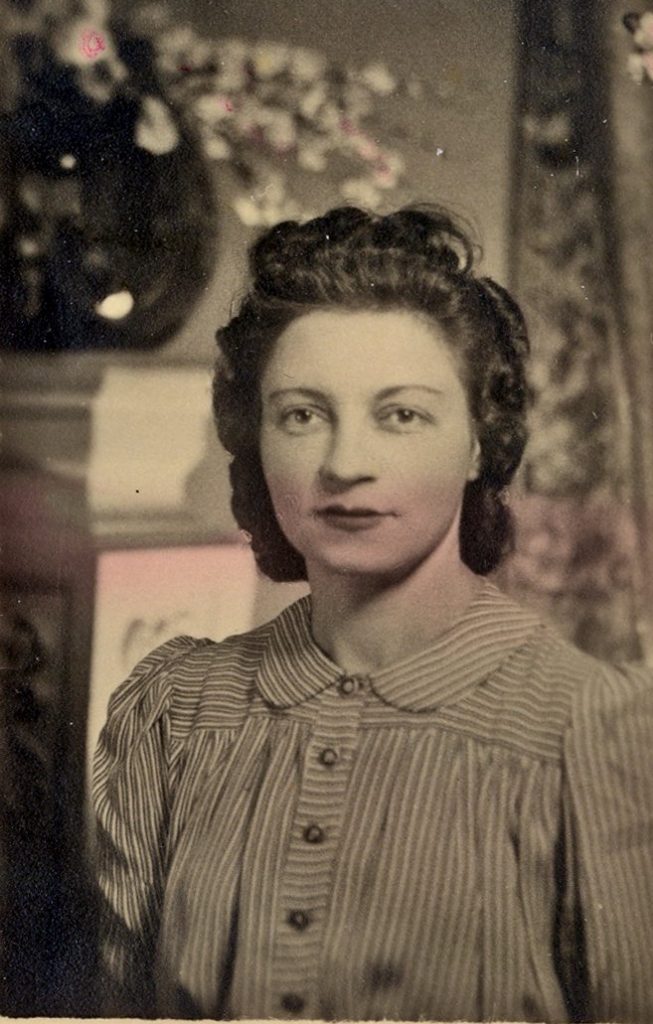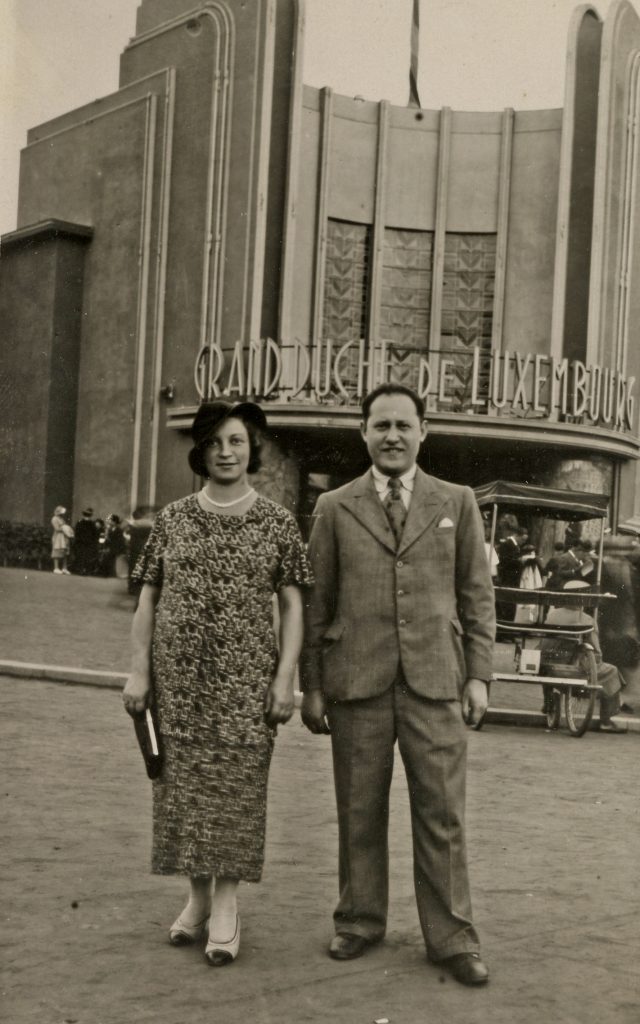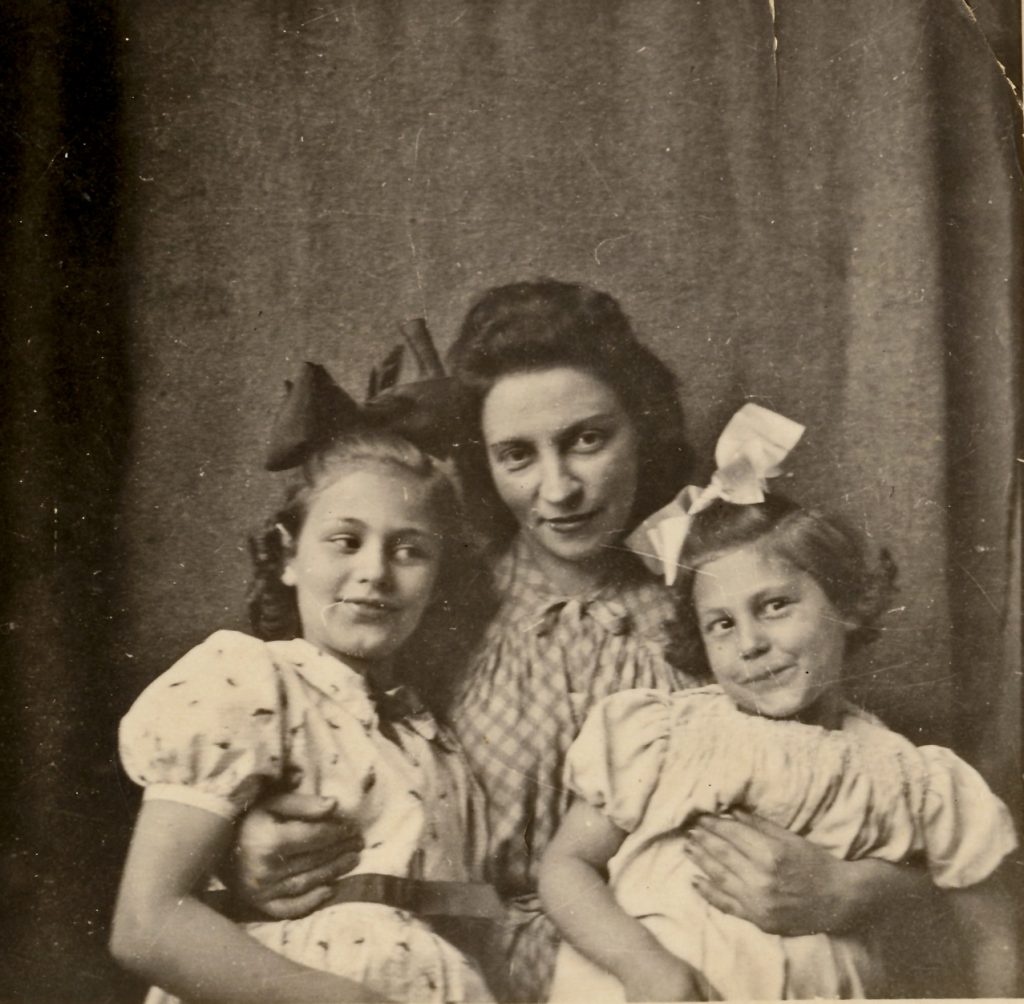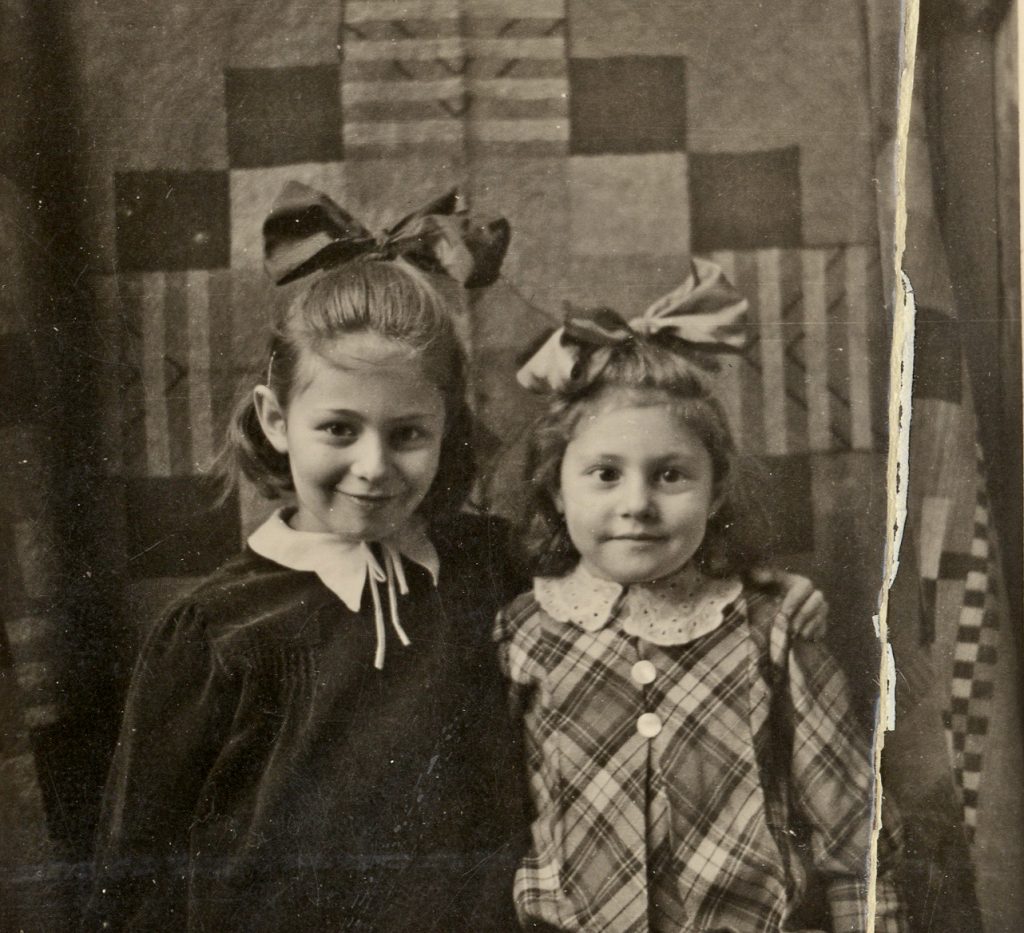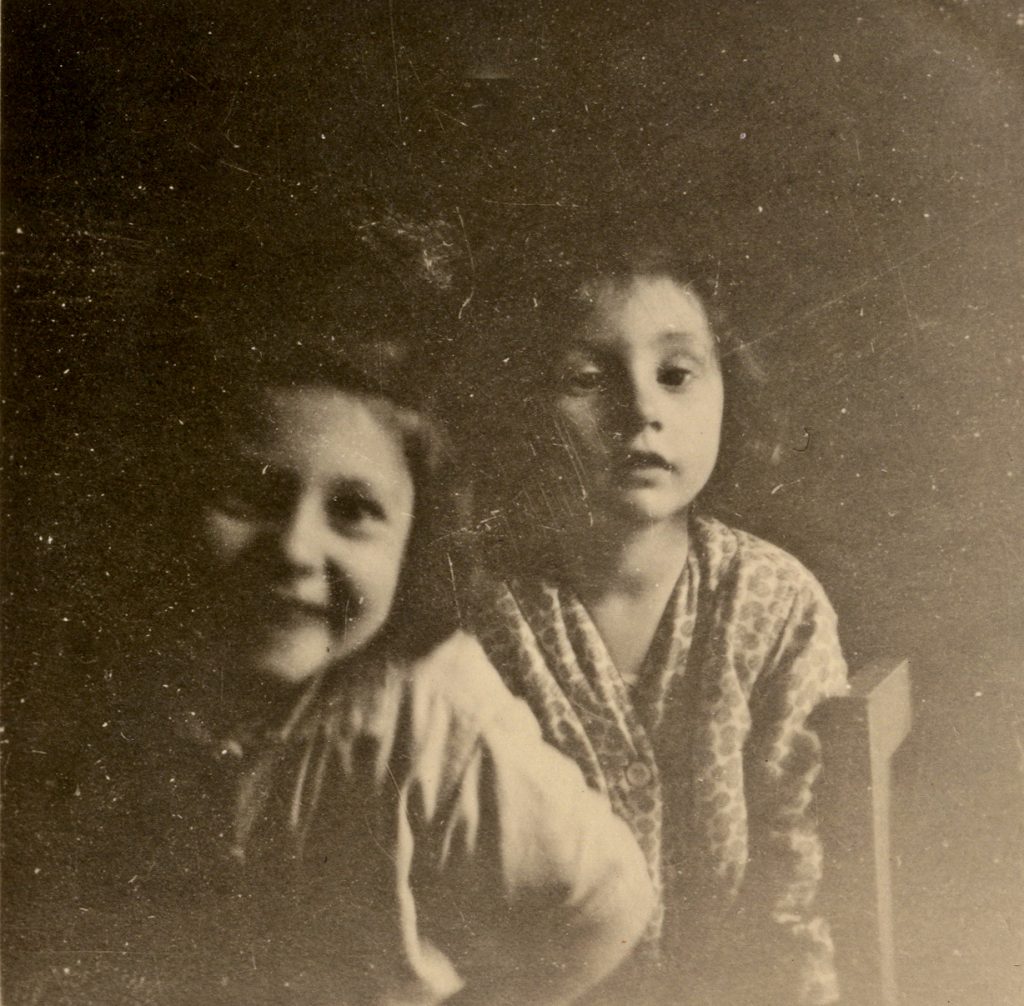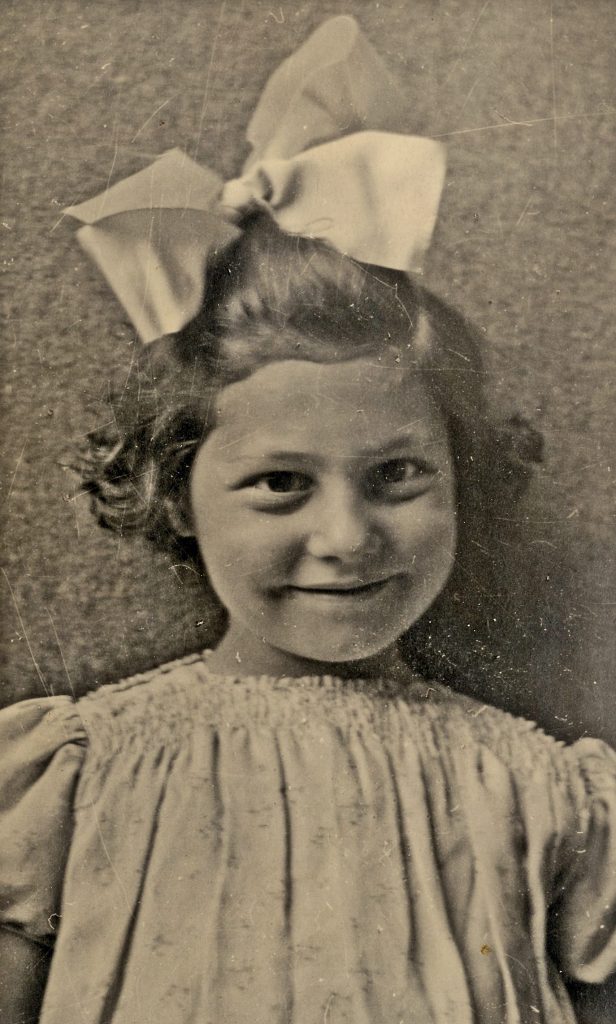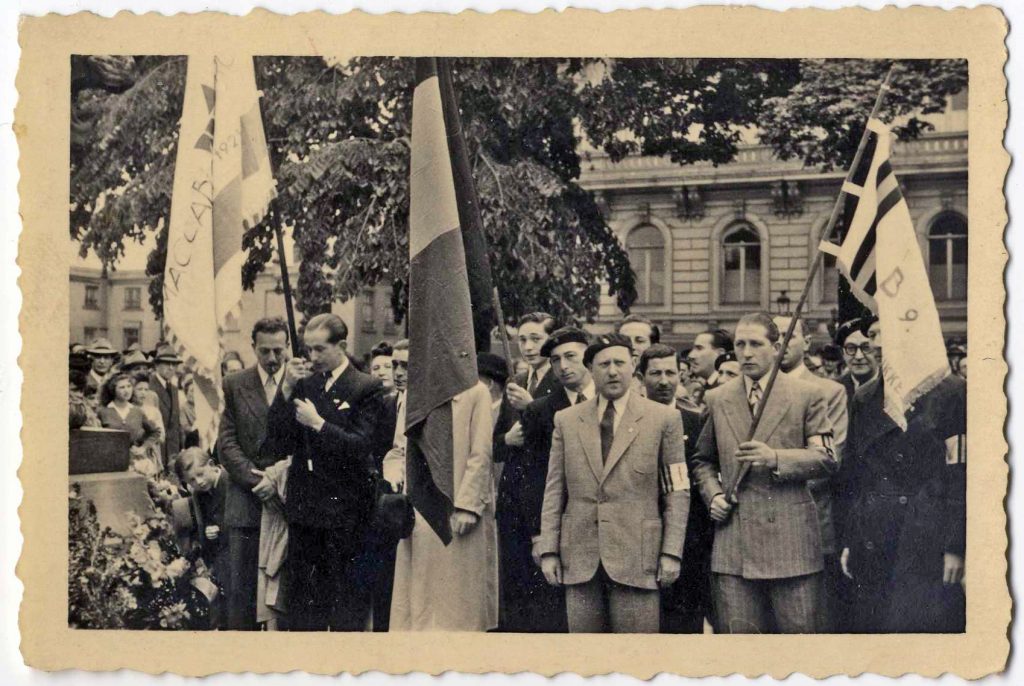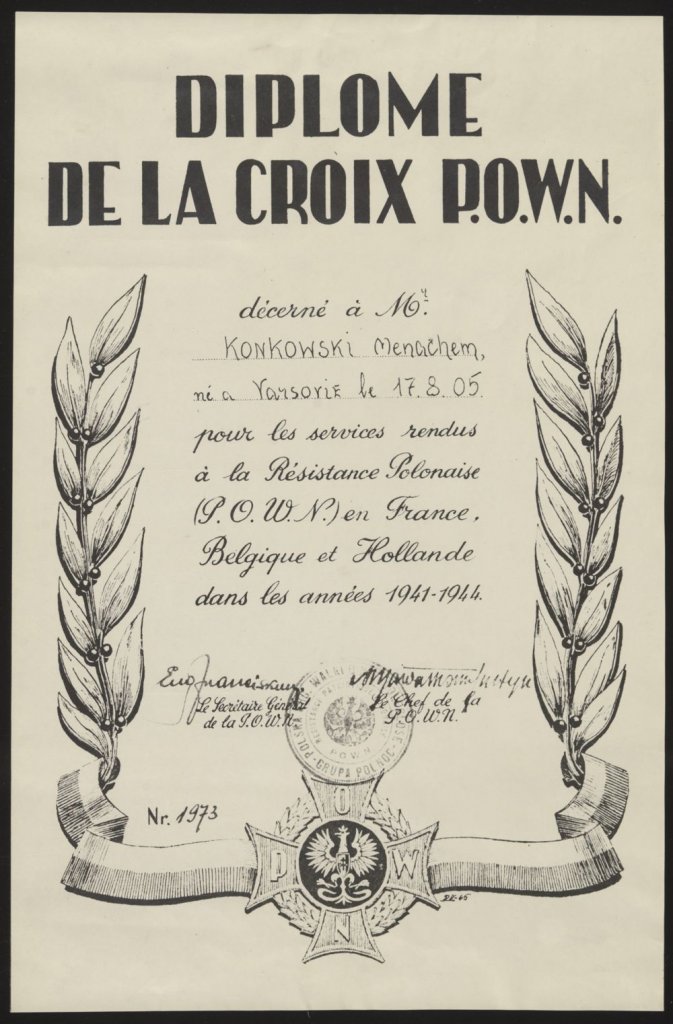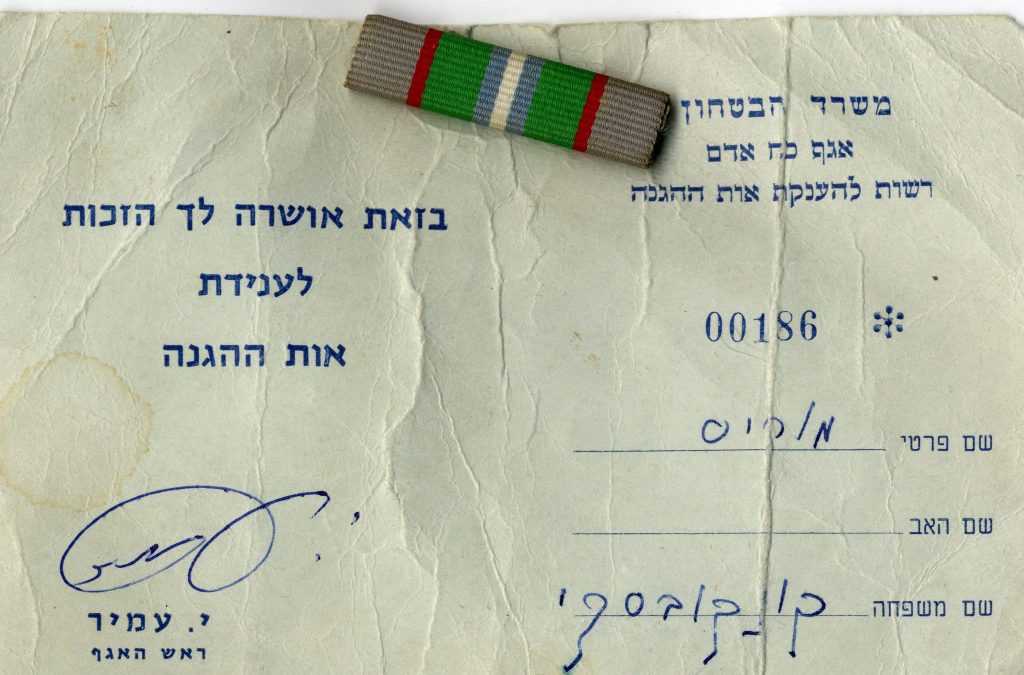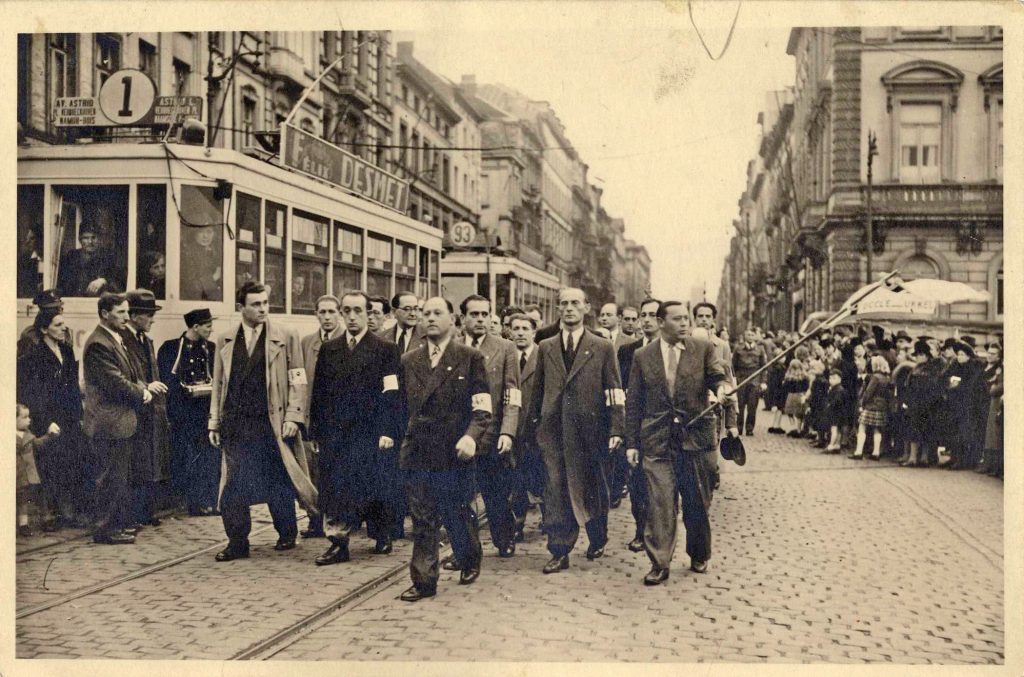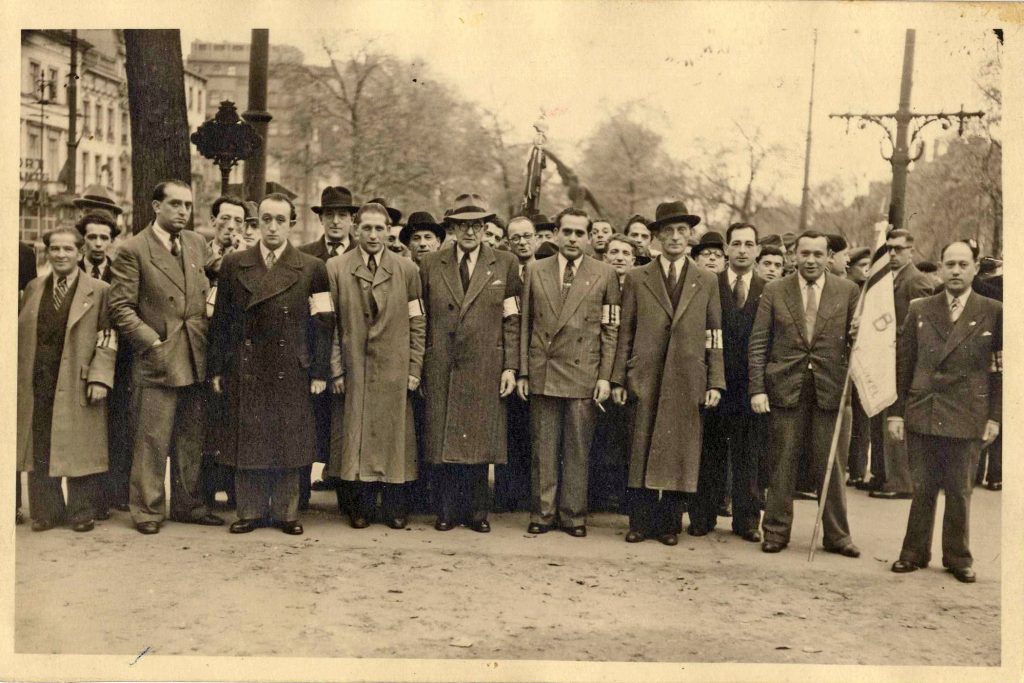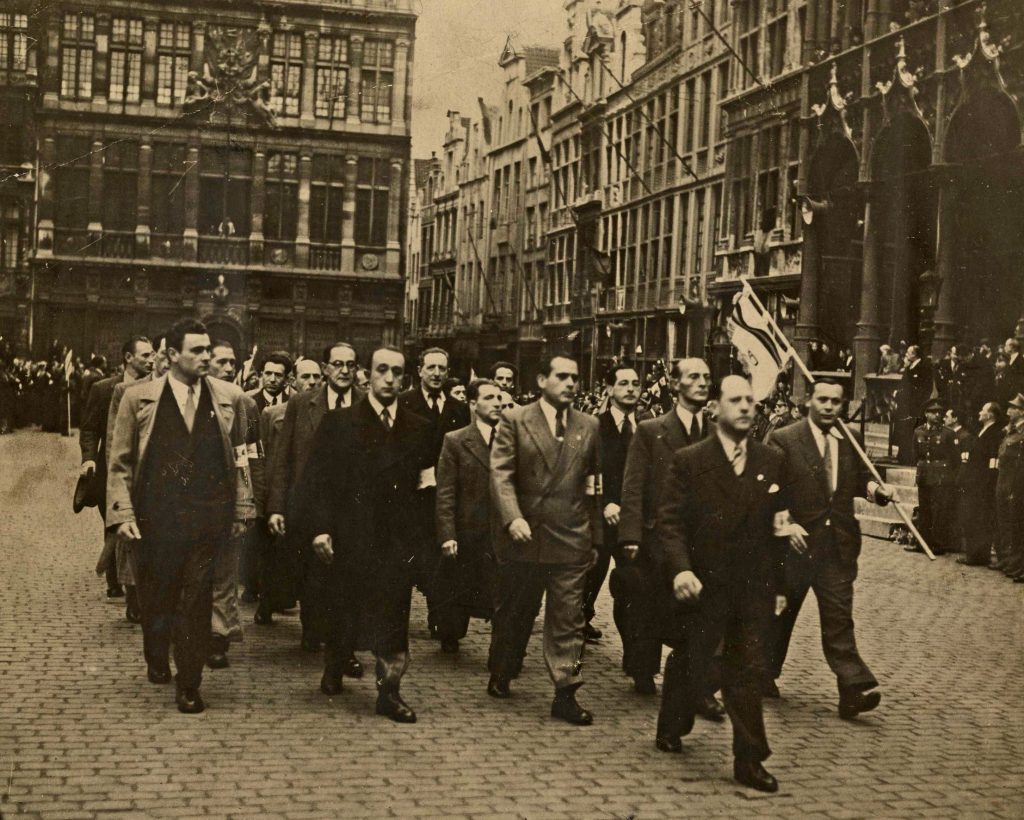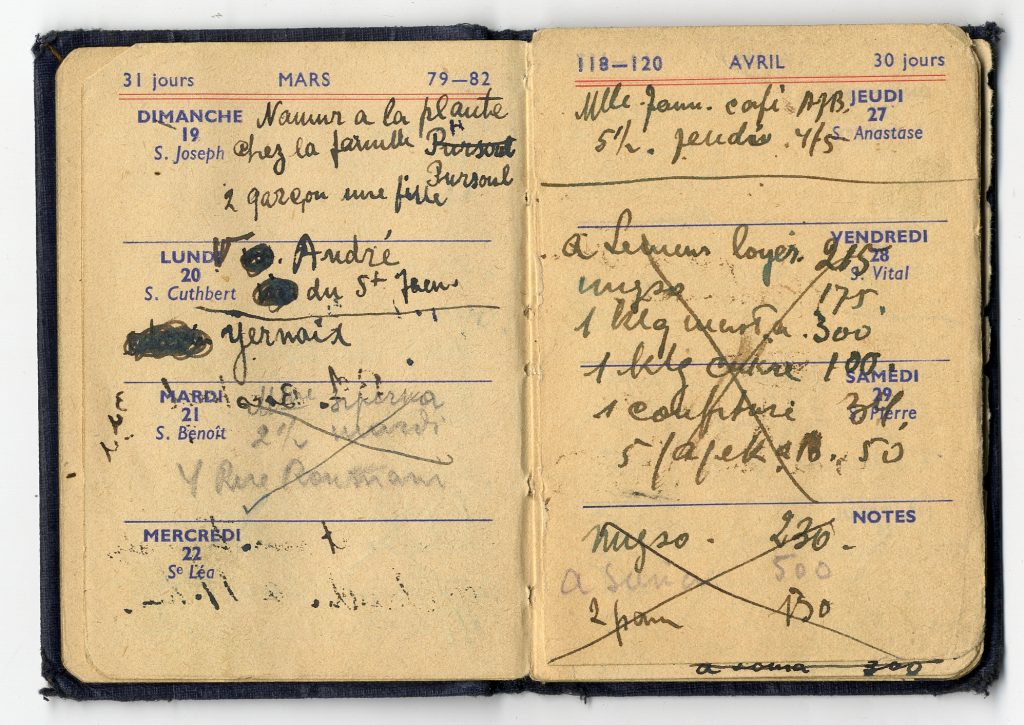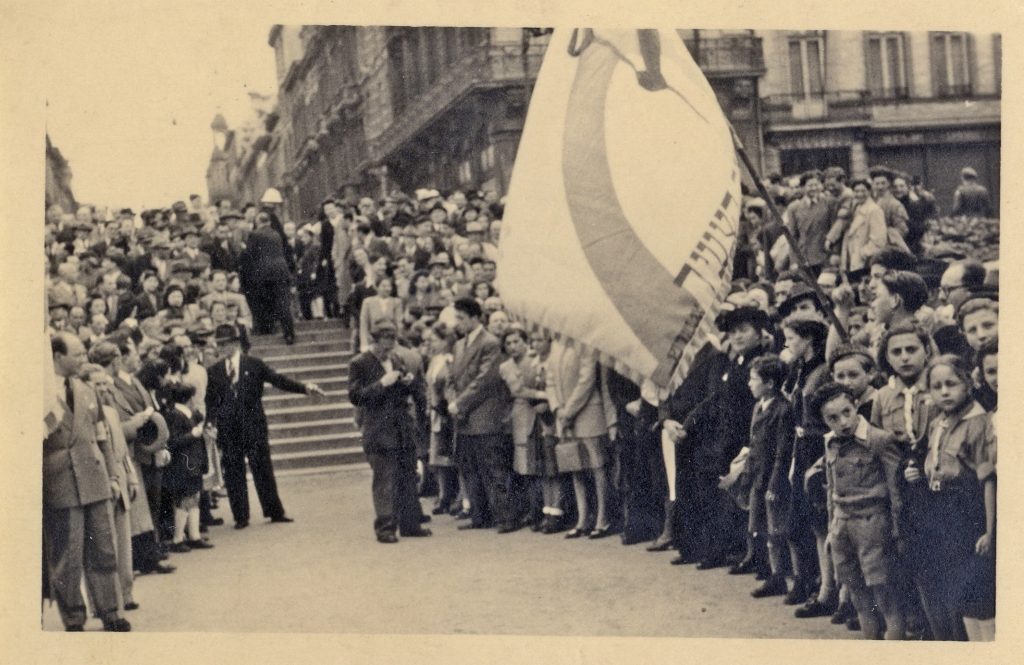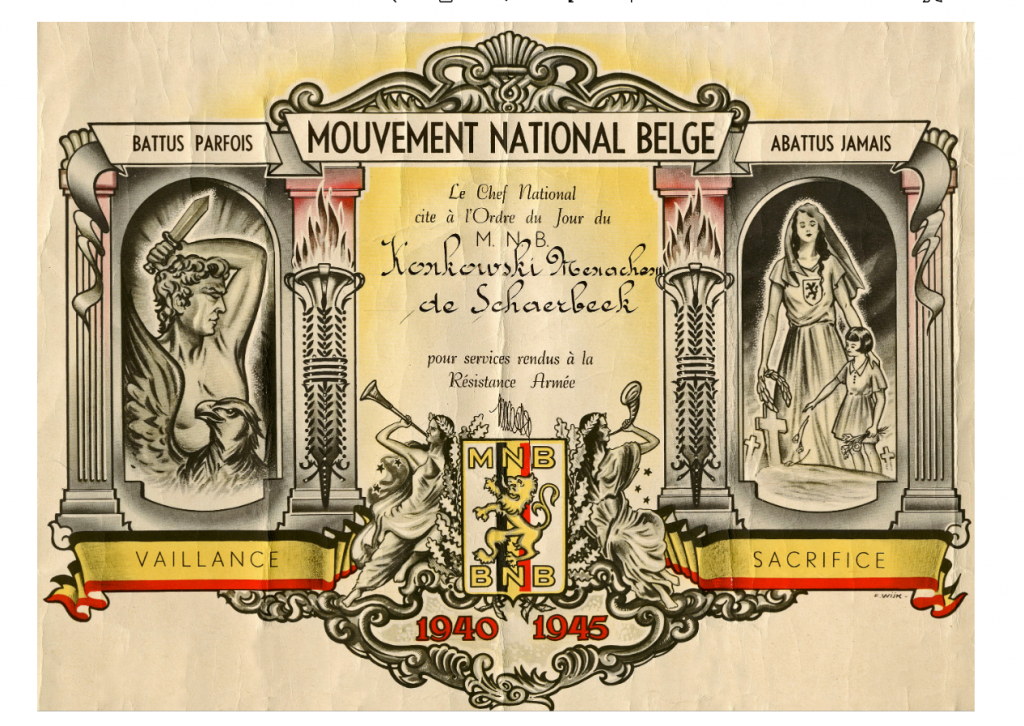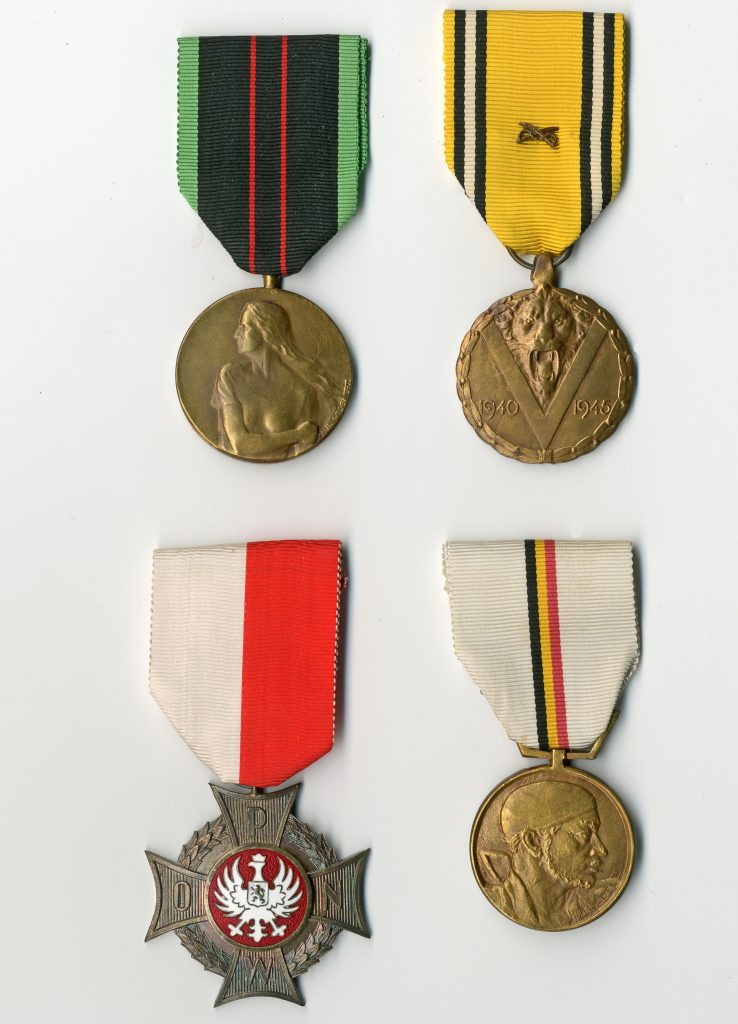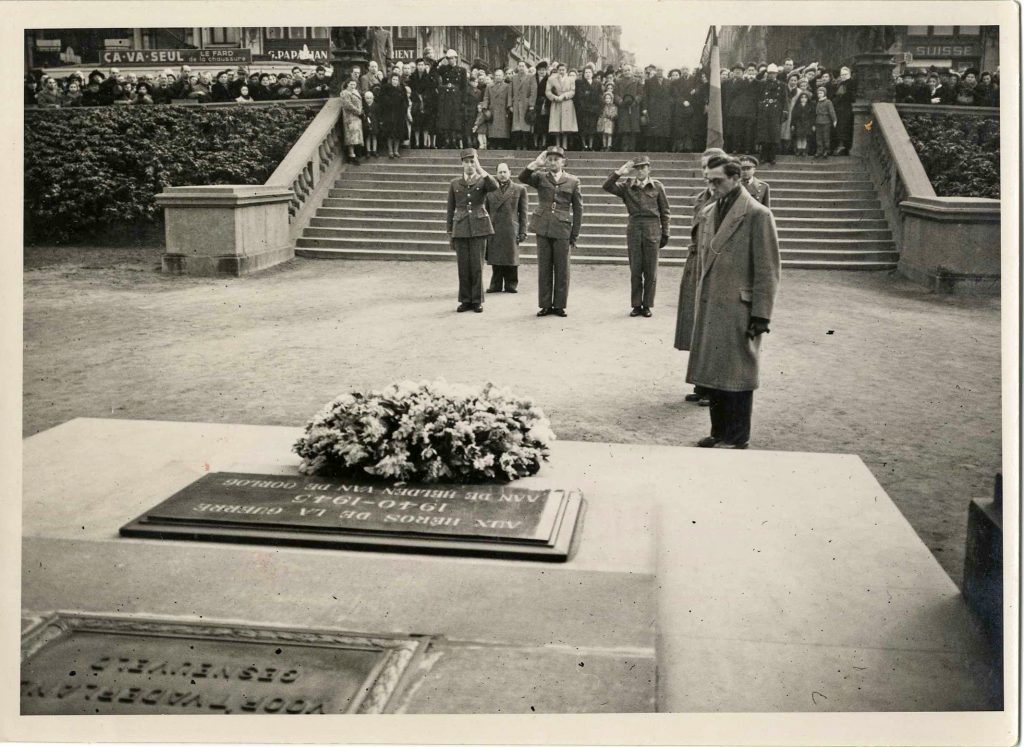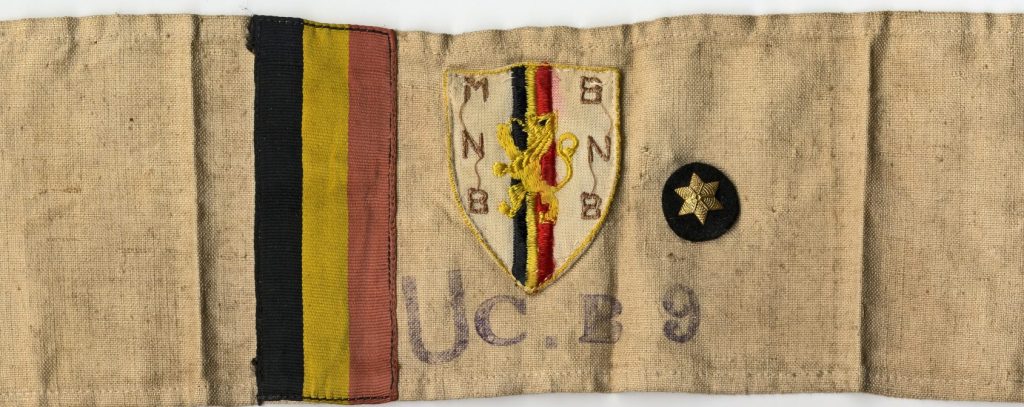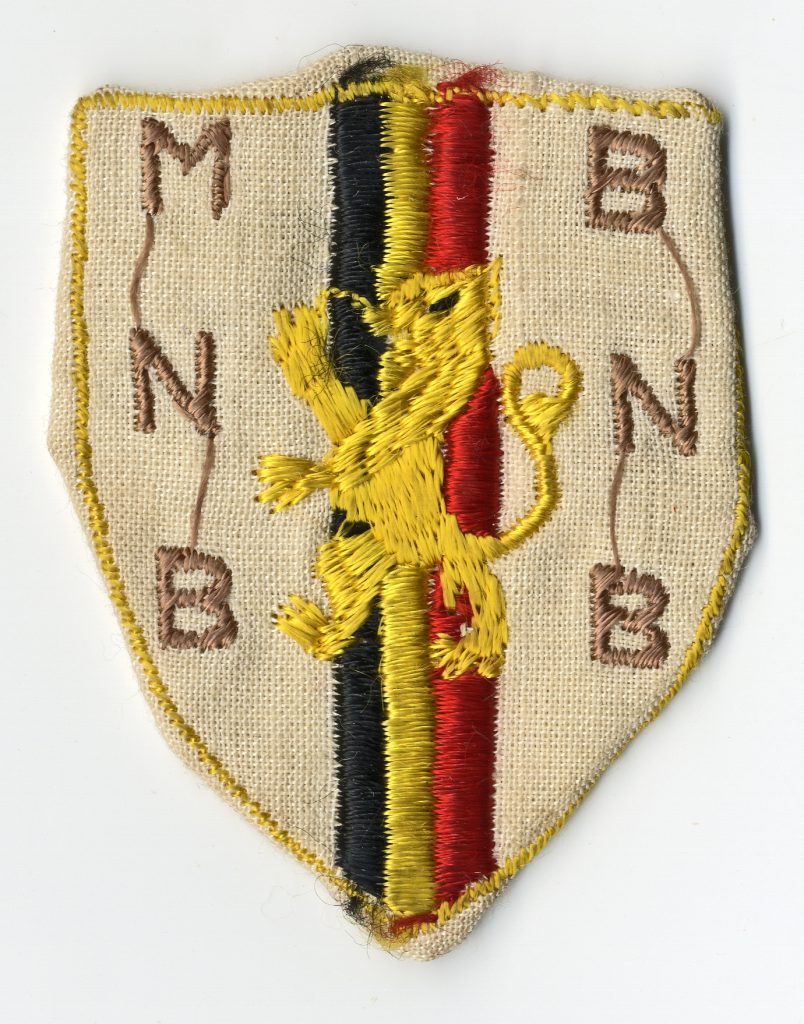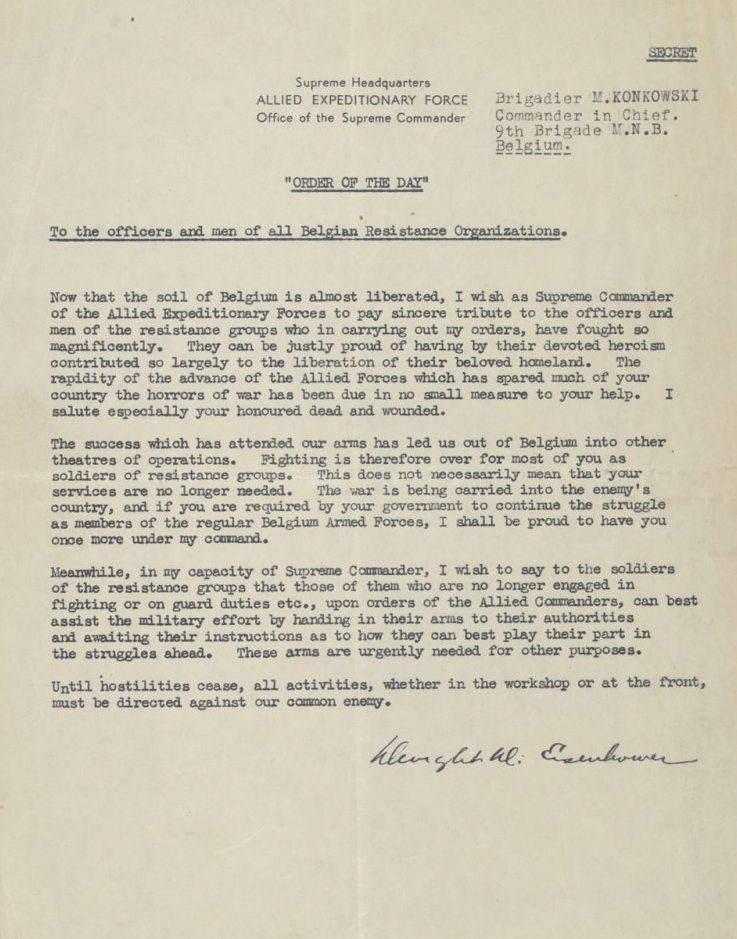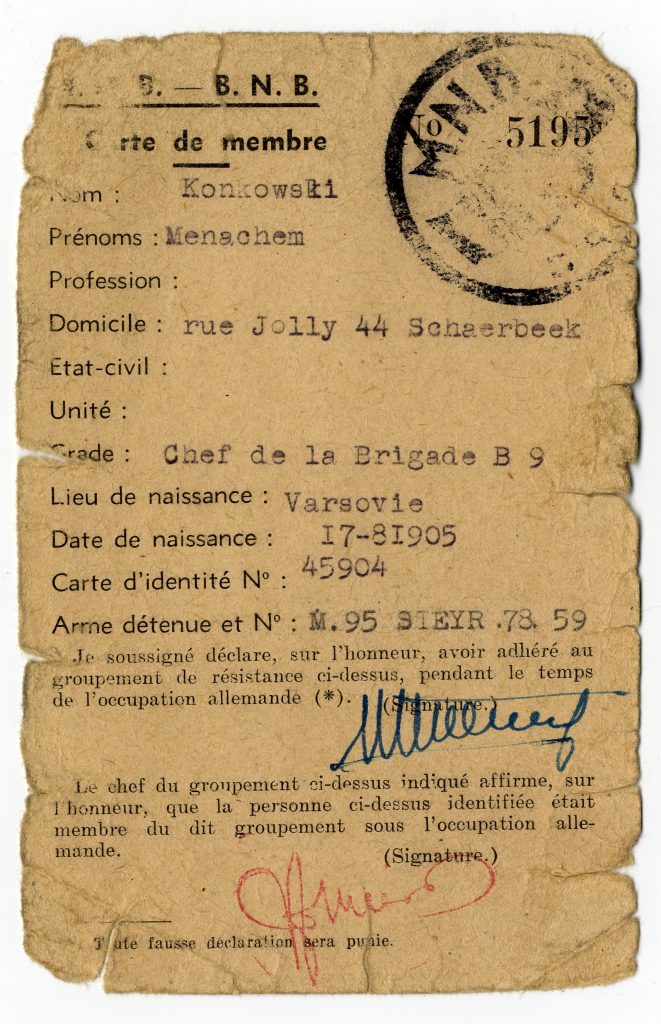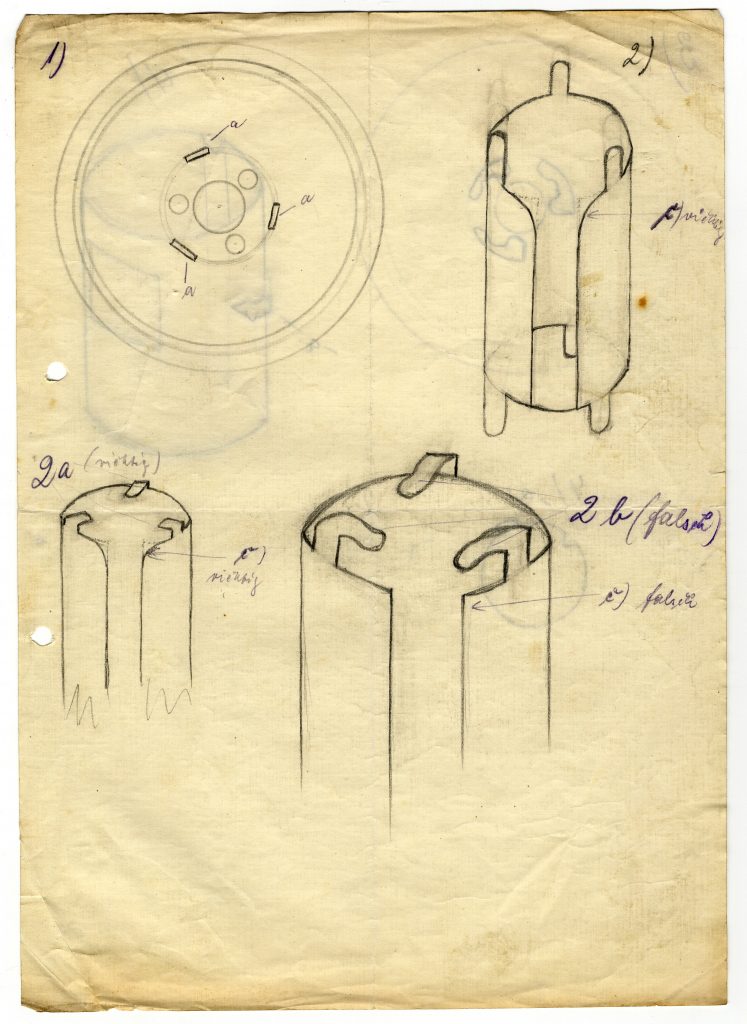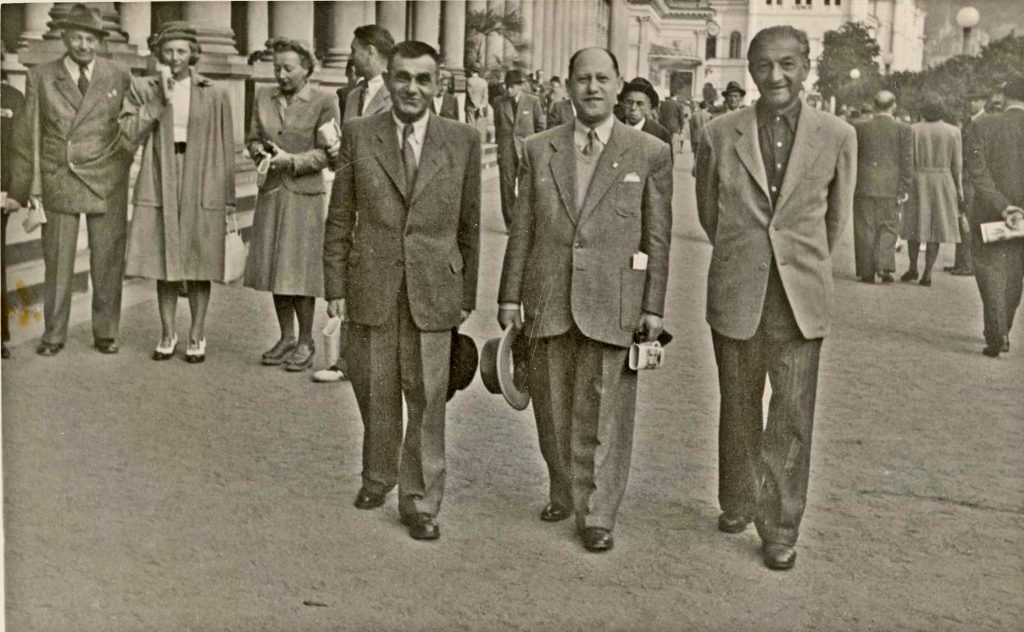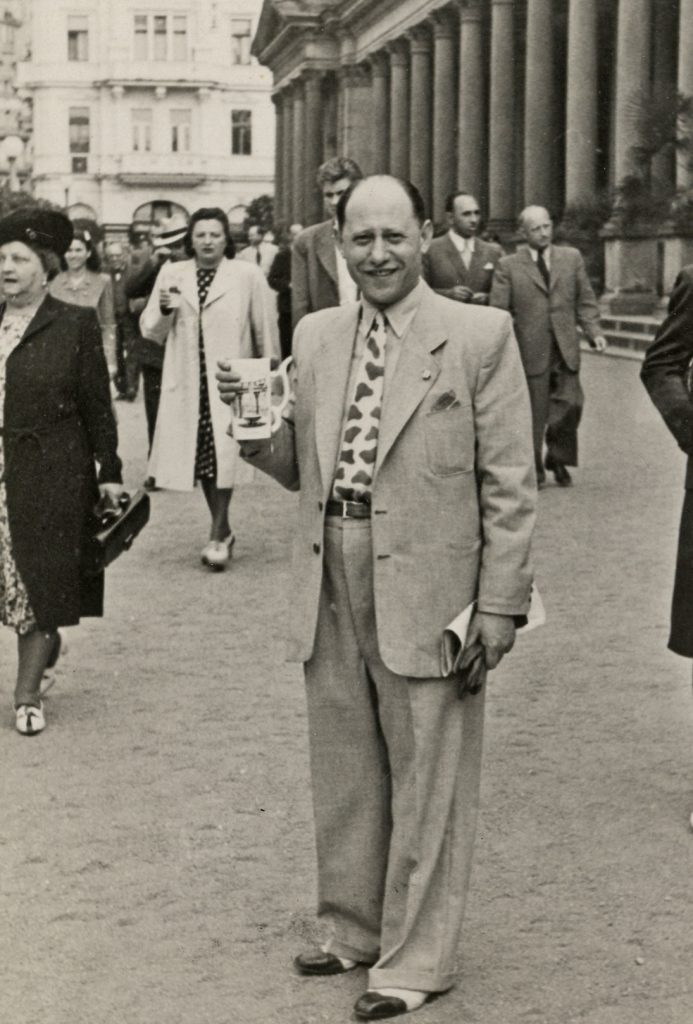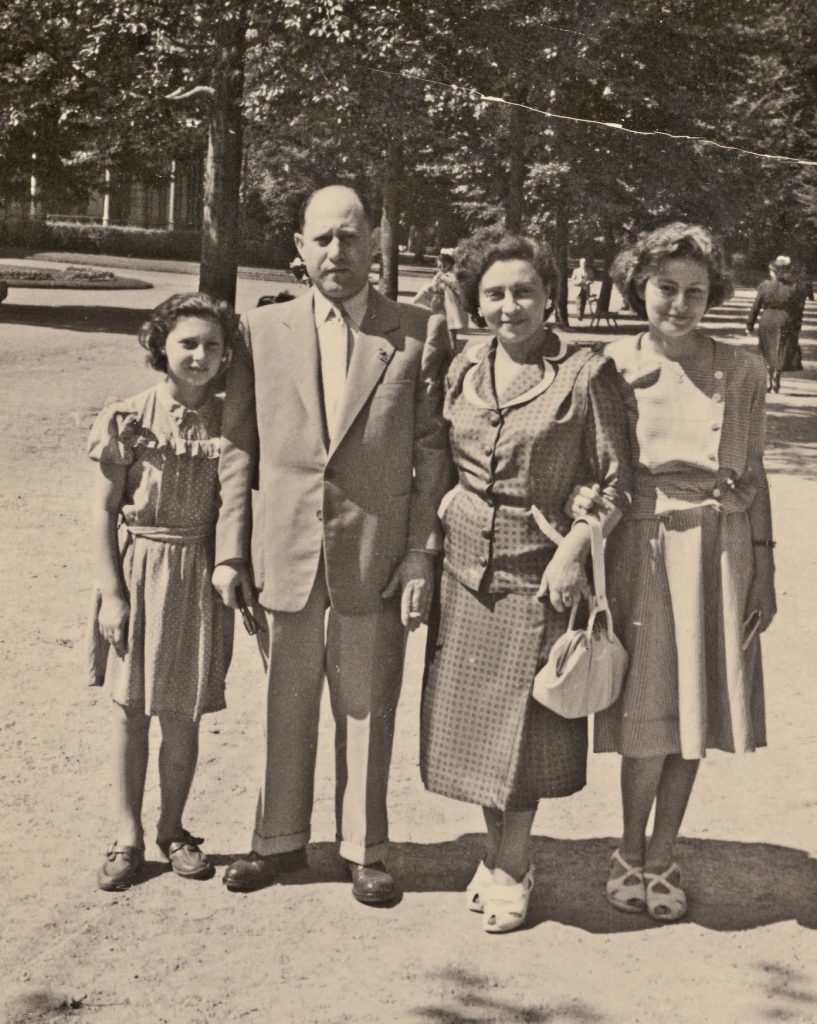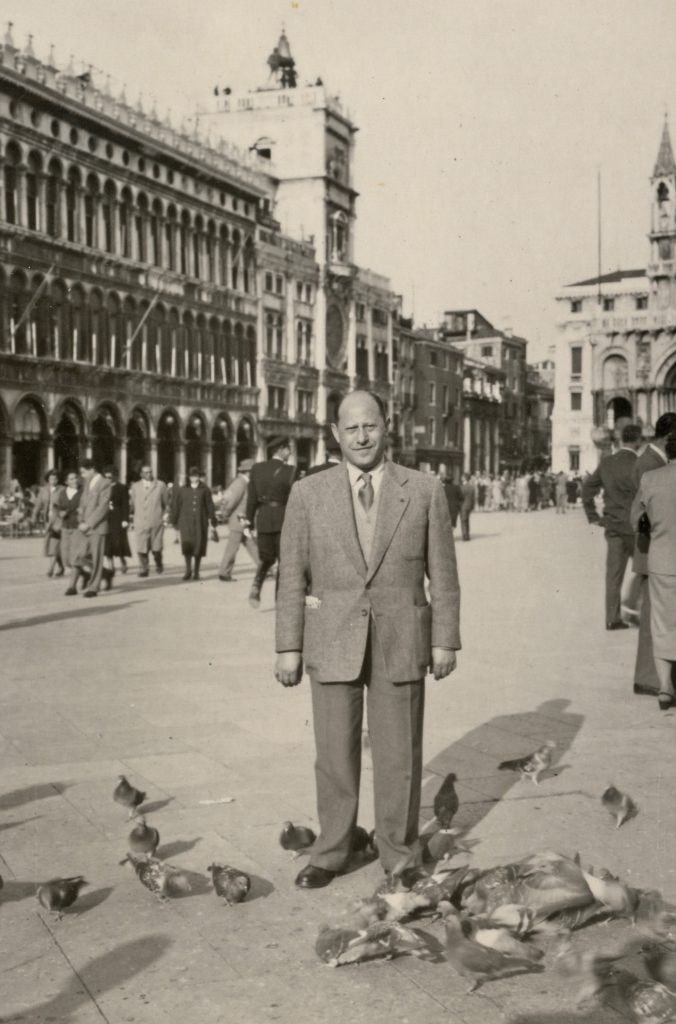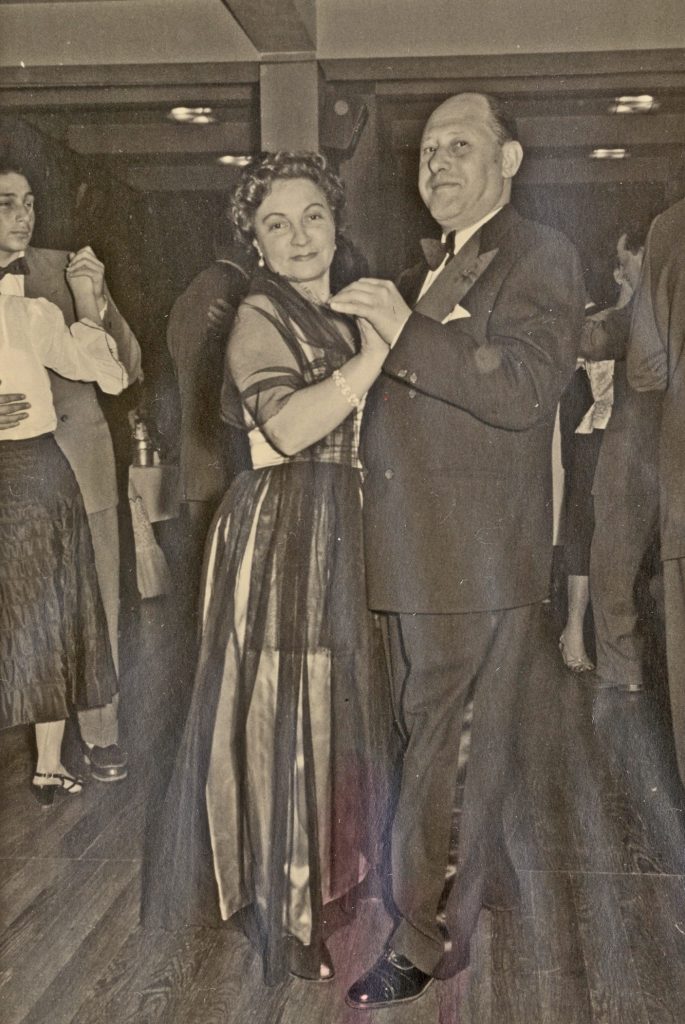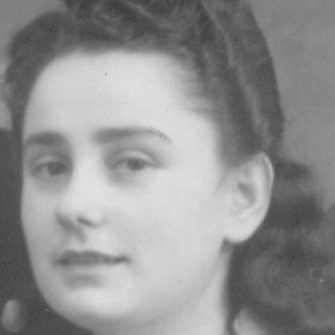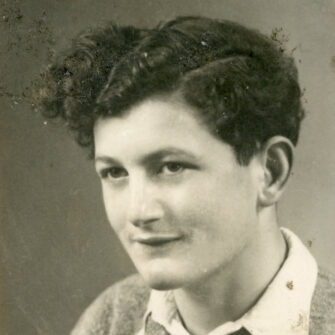Menachem (Maurice) Benzion Konkowski was born on August 4, 1905 in Warsaw, Poland. He lived with his parents, Marja Fajgla Binstock and Zalman Josek Konkowski, along with two siblings: Adolf (Adolphe) Konkowski and Sonia Konkowski.
In August 1931, Maurice immigrated to Brussels, Belgium, where he established a metalworking factory called Selecta that made clasps for handbags. While in Brussels, he met Itta Blinbaum, and the couple was married on October 31, 1934. Itta was born in Pabianice, Poland, in 1904 and immigrated to Belgium with her parents, Michael Jakub and Yachieta Zilbersac, in the late 1920s. Having owned a textile factory in Poland, Itta’s father opened a new factory in Belgium called Astoria that manufactured ties made from imported fabrics. Maurice and Itta had two daughters: Renée (b. 1935) and Claudine (b. 1938).
In May 1940, Belgium was invaded and occupied by Nazi Germany. Anti-Jewish laws were immediately enacted; Jewish property and businesses were confiscated, and Jews were banned from certain professions. By 1942, all Jews were required to wear a yellow Star of David, and Jewish men were subject to forced labor.
That year, Maurice made arrangements with Aurelie Parent to remunerate her at some level and to cover the costs of hiding his young daughters as well as his brother’s daughter (Henriette), his mother (Marja), his sister (Sonia), and his sister’s daughter (Liliane). The group of six lived in a house in the Etterbeek section of Brussels.
Maurice and Itta lived in hiding in a room next to their metal factory, while Adolf and his wife lived in a room within the same building. Maurice and Itta would occasionally see their daughters, Renée and Claudine, briefly on street corners. The girls were taught to tell people that they attended the nearby church and school, which was staffed by nuns, for a few hours daily.
The Germans kept the Selecta factory active in case its metalworking capabilities were needed for the war effort. Still, they never discovered that the factory served as the Belgian National Movement’s 9th Jewish Brigade headquarters or that the partisans used a hidden space at the back of the factory to produce false documents in addition to storing valuables and weapons.
In late 1941, Maurice joined the Belgian Nationalist Movement under Chief Commander Camille Joset. Joset highly recommended Maurice for the “Grande Naturalisation,” which was the official equivalent of being born in Belgium. It was a status rarely authorized by the Belgian Government but was granted to Maurice.
Maurice adopted the nom de guerre Moliere and founded and commanded a group of primarily Jewish resistance fighters known as the Moliere Brigade. He formed the Belgian Nationalist Movement’s 9th Brigade and was the only Jew to form a brigade that operated across Belgium. Maurice held the rank of Commanding Major. He also worked with the Comité de Défense des Juifs (CDJ) and other resistance organizations.
By early 1942, the Moliere Brigade had nearly 200 members. Maurice/Moliere organized the Brigade into specialized units that could resist and sabotage German rule in multiple ways. The Shock section was an armed resistance unit that performed assaults on German units and acts of sabotage. The Information service created lists of traitors and collaborators and gathered military, political, and economic information. They infiltrated camps in Belgium to help Jews escape or sneak in money to use as bribes. Their network also discovered when the Nazis were planning to deport Jewish children and managed to relocate the children to safety.
The Press service was a major producer and distributor of clandestine publications in German and Yiddish, including Unser Wort and Flambeau. The Social service aided families in need of basic provisions such as clothing and food or those in danger of deportation. There was also a False Documents service, a Medical service, and eventually, a Purge service. Maurice managed and oversaw all the sections in his brigade.
The Shock section engaged in several armed attacks against German military and police units to seize weapons. The arms and munitions were stored in two warehouses in Brussels. This unit also sabotaged German equipment and vehicles. One of the warehouses was in a location owned by the Association of Jews in Belgium (AJB), a Jewish council organized by the Germans to register Jews for forced labor and deportation. Maurice arranged to be stationed in this warehouse in the guise of a coat clerk to safeguard the weapons cache his group had acquired and to investigate and obtain early planning information from the inside of the AJB collaboration.
The Moliere Brigade viewed the AJB as a collaborationist organization that exploited their fellow Jews by charging people large sums of money to be excluded from labor and deportation lists. This resentment continued after the war when the AJB members, to protect their reputation and their safety, claimed that Maurice/Moliere’s only role at the warehouse was as a coat check receptionist uninvolved in the resistance.
Abraham Domb ran the Moliere information service under the alias Ali. It gathered information on companies and people working directly or indirectly to support the German occupying authorities or the Wehrmacht. This information was used to encourage such collaborationists to cease cooperating with the Germans either voluntarily or due to threats by the resistance or, as the war continued, by elimination. In the fall of 1944, the Shock section joined Allied Forces in the fight to liberate Brussels in the Soignes Forest and countryside on the city’s outskirts. Brussels was liberated in early September 1944.
At the war’s end, the Moliere Brigade had been reduced to 130 members from deportations and executions. During the war, Maurice had secretly removed all the materials and equipment from his in-law’s textile factory, which enabled them to resume their business quickly after the war and provide a living for the Blinbaum family. Itta’s parents had been hidden by their employee, Jeanne de Bruyn, and her family during the war.
Maurice stayed in Belgium after the war and worked with the European sector of Haganah. He was their main contact and organizer, supplying weapons for the Jewish underground army in Palestine and supporting the fight for Independence.
After working with Haganah, Maurice removed himself from the AJB world and tried to maintain the metal company with his brother and a business partner. However, it was not profitable enough to support three families. He then ventured into several businesses before co-owning a company with his brother-in-law that sold luxury fabric from Italy.
Maurice remained a loyal and strong supporter of Israel and global Jewish causes. He was honored by the governments of Belgium, the United States, Israel, and Poland for his bravery and resistance activity during World War II.
In 1958, Maurice received the Sign of Haganah/Strength of Man award, given in recognition for his valor during the war of Independence for the State of Israel. It was presented with other gifts by the President of Israel, Yitzhak Ben-Zvi, during a ceremony in Brussels in Maurice’s honor.
Maurice passed away on April 6, 1966, at the age of sixty. Maurice and Itta have three grandchildren and two great-grandchildren.

